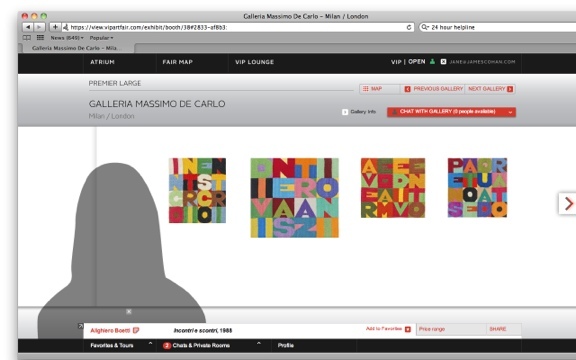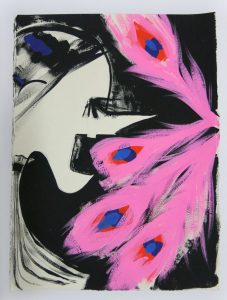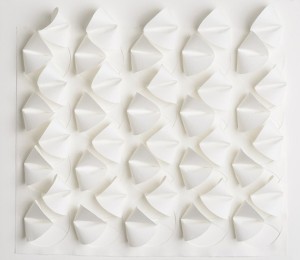
Really interesting post from ArtFagCity showing the potential downside for Art Galleries showing their work on the web , especially ones that like to make a bigger then needed mark up !
VIP Art Fair has opened its works-on-paper spinoff, VIP Paper. It’s a great idea—works on paper are generally cheaper, and generally editions, so some of the anxiety of purchasing a work sight unseen is eased—but its inaugural year inevitably raises questions about how to sell editions online.
First, the good: VIP Paper looks great, works technically (though we occasionally hit interface snags), and has quality work by everybody from Durer to Polly Apfelbaum. It has fewer galleries (32) and older artists than most art fairs, but does a reasonable job of using its interface to make that feel like a positive; anytime a visitor isn’t actively looking at a gallery’s offerings, they’re generally being presented with a large image of a decent work by an important artist. The atmosphere, critically, is convincingly blue-chip.
By art fair standards, the work is pretty good. A few exhibitors, like GEMINI G.E.L., have put a lot of love into their booths, and it shows. We like Jose Lerma’s Hanging George IV, Conquistador on Horseback Costume and Broken Mirror (2011) at Tandem Press, and love the roughness of Jacques Villon’s sketch for Le cake-walk des petites filles (1904) at R.S. Johnson Fine Art.
For all the work VIP has done to make galleries feel at home and highlight their work, though, one wonders whether the internet really suits the business model of some of these galleries. Art is, after all, a murky market, and transparent pricing—potentially a tab away from Artnet—can cut into profits.
At John Szoke Editions, for instance, there’s a 1904 Picasso etching entitled Le repas frugal on sale for “$300,000-400,000?. It’s in an edition of 250. Since we’re on the internet, it takes a visitor less than a minute to figure out that that price is wildly ambitious; identical works show up every few months at auction and sell for under $150,000. There’s a chance—as one dealer pointed out to AFC—that the gallery has sold this work for this price in the past, and can’t now lower their prices without losing face or angering buyers; we suspect that strategy probably works better in private. Looking around the fair, it’s evident that John Szoke aren’t the only gallery charging an obvious premium: at Alan Cristea Gallery, a 1960 Miro etching, Le Matador, is retailing at about a third above the auction market, and Craig F. Starr has an Edward Hopper, Night Shadows (1921), up for “$50,000-75,000?, despite the fact that two identical works—estimated at half that—will be at Swann and Sotheby’s just next week.
These prices aren’t evil, necessarily, they’re just how the art market works: if you’re buying art from somebody whose job it is to buy low and sell high, you’re probably not getting a discount. Galleries and auction houses have a substantial edge in pricing information, and they take advantage of it to pay their bills. By contrast, offering an editioned work at the VIP Fair seems to eliminate all the competitive advantage galleries work so hard—and so secretively—to acquire; in a truly competitive market, nobody makes any money.
One upside of this is that it doesn’t affect galleries working with emerging artists; “looking out” for your artists by keeping their work from going to auction, and enforcing informal price floors when they do, is just as good an idea now as it ever was. To take advantage of that, though, VIP Paper would have to pivot, away from the host of secondary market resellers it’s showing now and towards blue-chip emerging contemporary (one immediately thinks of Metro Pictures). Is that likely? Not really; most of the work involved in turning VIP into VIP Paper seems to have focused on creating a few high-price, high-visibility booths for specialist dealers, and we doubt the organizers will suddenly reverse course. But there might be an economic reason to try.







